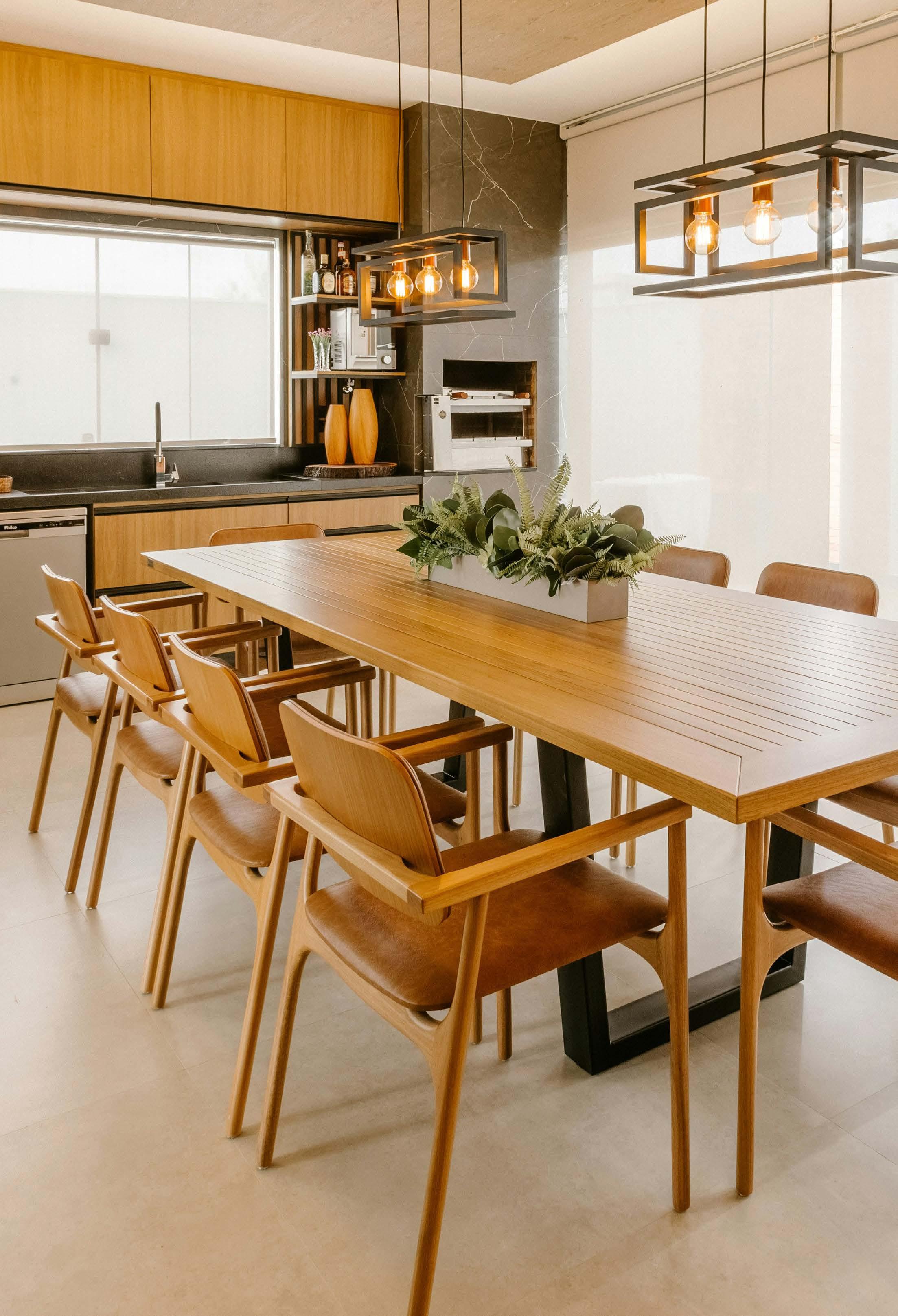

WELCOME TO THE
PUBLIS h E r
Century 21 New Zealand Ltd
c ONT r IBUTO r S
Tim Kearins Jen Baird
CoreLogic NZ
EDITO r I a L ENQUI r IES
Century 21 New Zealand +64 9414 6041
a DVE r TISING ENQUI r IES
Century 21 New Zealand +64 9414 6041
DIS c L a IME r
We have in preparing this information used our best endeavours to ensure that the information contained therein is true and accurate, but accept no responsibility and disclaim all liability in respect of any errors, inaccuracies or misstatements contained herein. Prospective buyers and sellers should make their own enquiries to verify the information contained herein. All information contained in the CENTURY 21 New Zealand Ltd website is provided as a convenience to clients. All links to property prices displayed on the website are current at the time of issue, but may change at any time and are subject to availability.
For more information on our Privacy Policy please refer to:
www.century21.co.nz/disclaimer
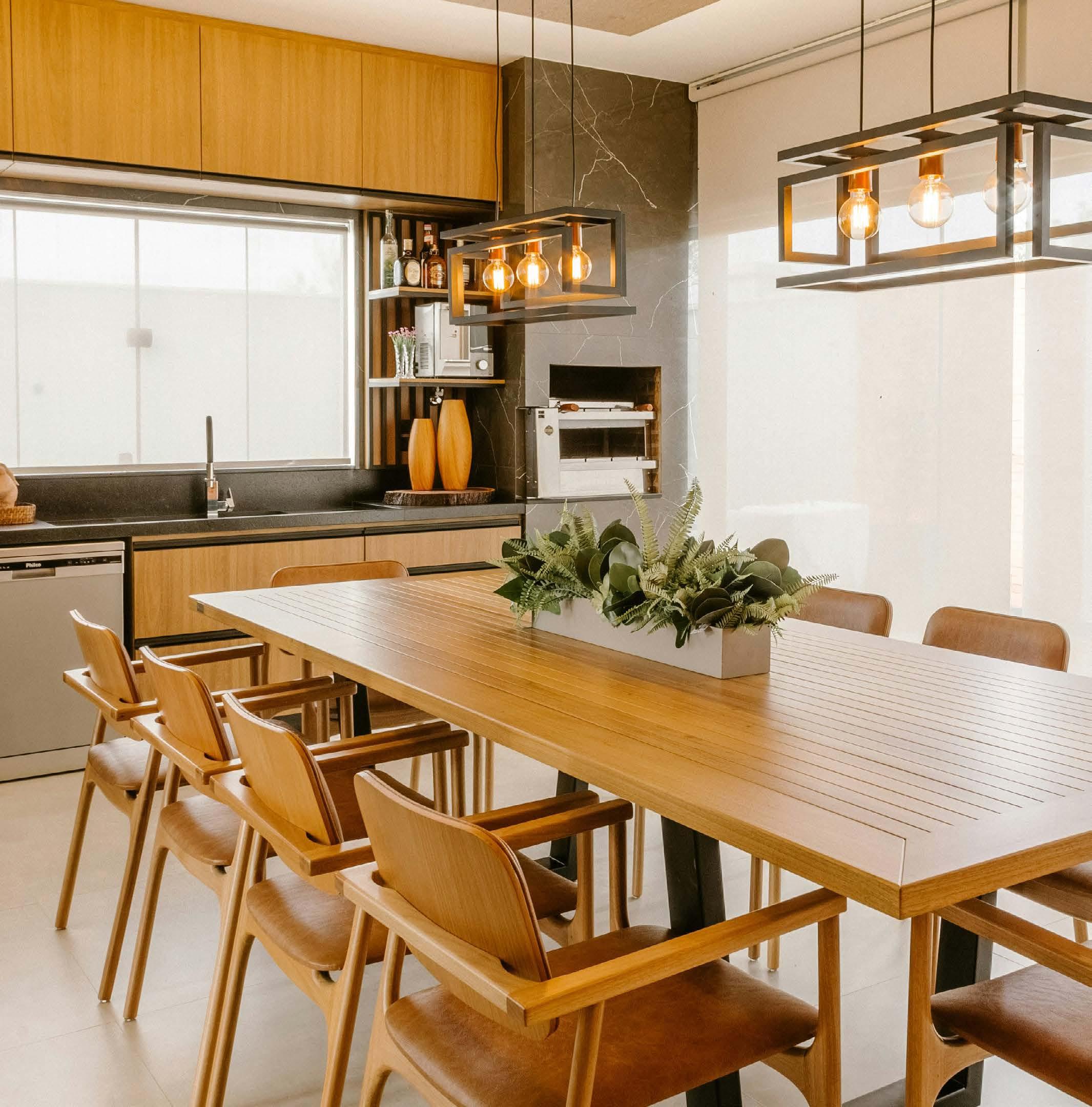
M O r E S a LES, PRICES RISE AS ac TIVITY BUILDS IN T h E P r OPE r TY M ar KET
 BY JEN BAIRD, REINZ CEO
BY JEN BAIRD, REINZ CEO
The Real Estate Institute of New Zealand (REINZ), released their February 2024 data today showing a significant increase in listings and an expansion in stock levels, providing options for buyers.
REINZ Chief Executive Jen Baird says with the combination of high listing numbers, elevated stock and shifts in the median sale price we are seeing increased activity.
“OVERALL, THE DATA PAINTS
A PICTURE OF A MORE ACTIVE HOUSING MARKET IN NEW ZEALAND, CHARACTERISED BY INCREASING LISTINGS, ROBUST SALES ACTIVITY, EXPANDING STOCK LEVELS, AND GROWTH IN PROPERTY PRICES. ”SAYS BAIRD.
“There was a substantial rise in listings nationally, indicating heightened activity in the housing market. New Zealand’s stock levels saw a year-on-year increase, resulting in a growing inventory of available properties for sale. Coupled with median sale price growth in some regions, agents are seeing more investors and first-home buyers out there at open homes.
“In the regions, there is an increase in property investment and
certain sales volume numbers are reflecting that. Although still below the average February sales count of 60 (2015-2022), Gisborne particularly stands out with remarkable increases in this month’s data. This surge in sales activity suggests strong demand from buyers post the devastating effects of Cyclone Hale and Gabrielle this time in early 2023.”
The total number of properties sold increased in February (+81.8%) compared to January 2024 for New Zealand from 3,132 to 5,693 and from 4,129 to 5,693 (+37.9%). Gisborne has seen a large increase in the properties sold up 264% year on year and up year on year by +82.1%.
All regions except for the West Coast saw an increase in activity this month. In 14 of 16 regions, the sales count year-on- year has increased by more than 20%. The exceptions were West Coast (-22.0%) and Taranaki (+7.5%). The Marlborough sales count more than doubled compared to February 2023 (from 37 to 77
sales). New Zealand’s inventory levels have increased by 8.1% from 29,083 to 31,424 properties year on year. The national median sale price has increased by 3.1% from $766,000 to $790,000 year-on-year. There was also an increase of +3.9% from January 2024 $760,000 to $790,000.
New Zealand, excluding Auckland, also increased month-on-month, +3.6% from $685,000 to $710,000 and up year-on-year by 2.6% from $692,000 to $710,000.
Auckland’s median sale price has bumped back up over the $1 million mark $1,025,000 in line with the last few years where the month of February also sat over $1 million. Listings increased by 60.4% from 7,347 to 11,788 nationally month on month and by 44.8% from 8,143 to 11,788 year on year. North Island regions also saw large month-on-month increases with Northland up 247 listings (+94.6%), Wellington up 402 listings (+76.6%), Hawke’s Bay up 141 listings (+75.4%) and Auckland up 1,764 listings
ANNUAL MEDIAN PRICE CHANGES
(+64.0%). The median days to sell increased by 1 day month-on-month from 50 up to 51 days and reduced 9 days year-on-year, down from 60 to 51. Northland down 10 days and Wellington down 8 days showed the biggest decreases since February 2023.
“We are looking at the back of the government’s 100-day plan and the changes to the bright line test back to two years and the latest reintroduction of interest deductibility on investment properties for landlords. With a significant increase in property listings, the rise in the total number of properties sold, and an increase in the median sale price, some buyers are holding out for the ‘right’ property
while others are getting ‘into the market’ before competition rises as investors return. This buoyancy is a positive sign that we haven’t seen for a while,” adds Baird. For the first time in a long time, there was a new record high set in the regional HPI this month. Otago saw a sizeable monthly increase in HPI pushing over the prior peak set in December 2021. Otago also ranked first in the HPI movements for 1 month (3.0%), 3 months (3.0%) and 12 months (+8.2%). The HPI for New Zealand, stood at 3,700 in February 2024, a 1.1% increase compared to the previous month and a 3.2% increase for the same period last year. The average annual growth in the

New Zealand HPI over the past five years has been 5.9% per annum, and it is currently 13.5% below the peak of the market reached in 2021. Click

h OW DO I ch OOSE a LO caTION TO INVEST IN?
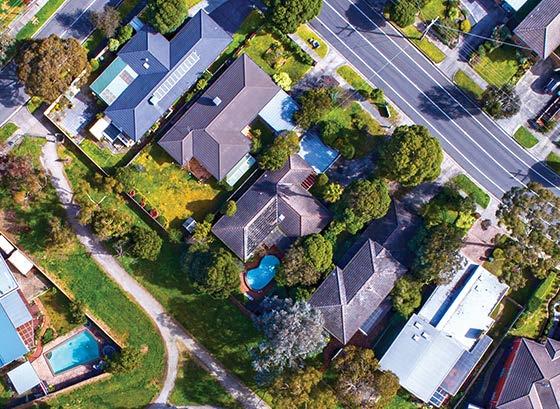
When it comes to investing in real estate, there are a number of considerations. New Zealand’s ever changing property market keeps investors on their toes in search of emerging ‘hotspots’ with potential returns.
Understanding the key driving factors for growth are imperative for success when analysing markets before they fully mature. Identifying a hotspot involves recognising a suburb or location experiencing significant growth, offering long term capital appreciation and robust rental yields. Your assessment strategy will depend on individual investment factors and whether you choose to focus on capital growth, positive gearing or a combination of the two.
So what are some of the factors to consider?
UNITS VS. HOUSES:
Units often boast higher gross rental yields due to affordability, but additional costs like strata fees need to be considered.
Landlord insurance needs to be factored in as it is vital for liability claims and potential injuries on the property.
REGIONAL VS. METRO:
While properties in metropolitan locations currently show higher rental demand, regional areas are still witnessing a surge in interest,
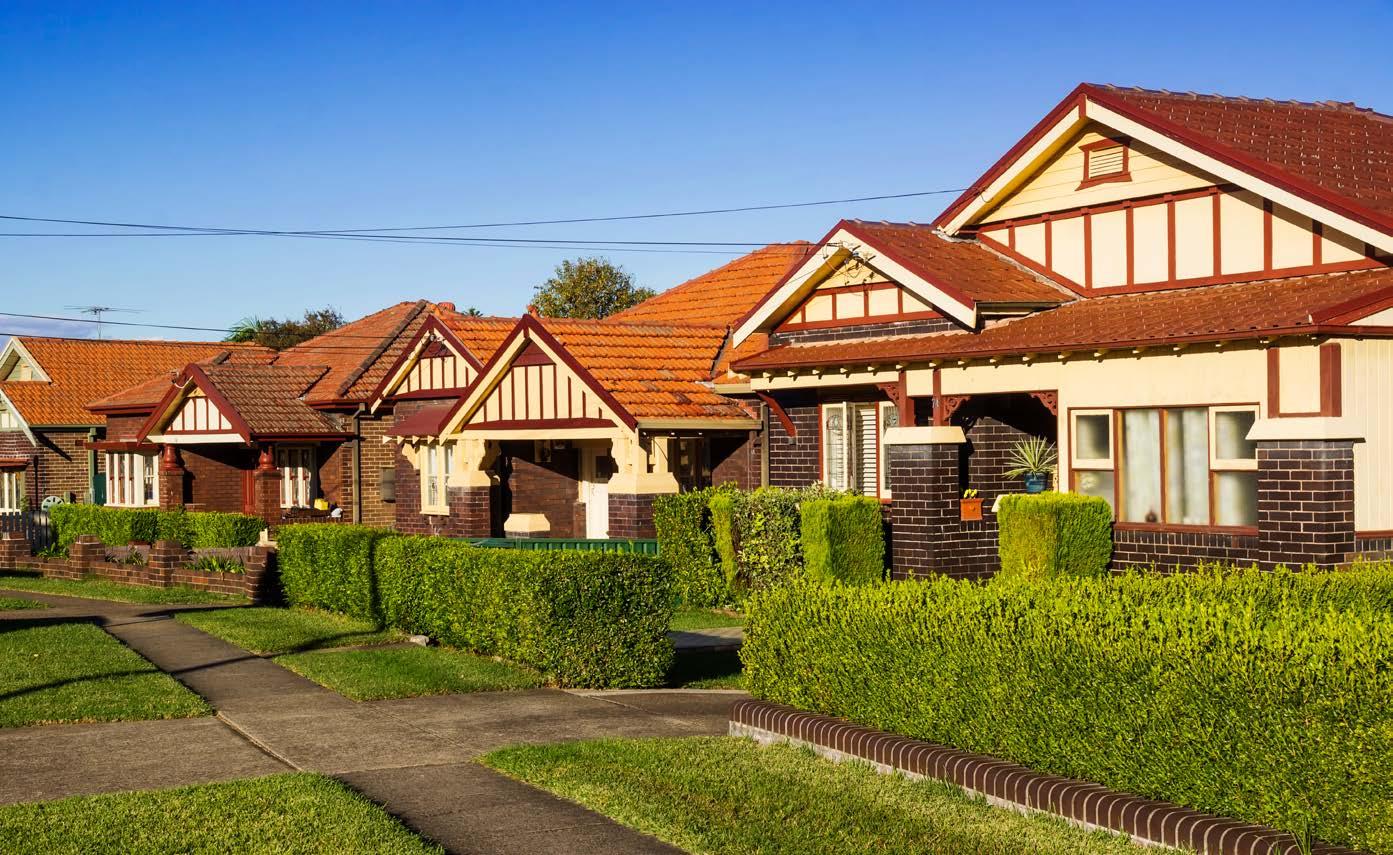
driven in part by the work-fromhome trend.
TRANSPORT, SCHOOLS AND AMENITIES:
Proximity to quality schools, recreational facilities, healthcare services, shopping centres, and transportation hubs enhances a location's desirability.
Future value can be influenced by ongoing or planned projects that improve a region's amenities.
Other considerations might be proximity to beaches and national parks, as well as the walkability factor. You can research your preferred locations by looking at suburb reports on websites such as realestate.co.nz
Whether a seasoned investor or a newcomer to the property market, considering these factors will allow you to make more informed investment choices.
PaY G a P a cha LLENGE FOR NZ’S FEMALE P r OPE r TY INVESTO r S
 BY CORELOGIC
BY CORELOGIC
Female-only real estate investors significantly lag their male counterparts in fast-tracking wealth creation through property, an analysis of New Zealand’s home ownership reveals.
CoreLogic’s 2024 Women & Property report released ahead of International Women’s Day, found while female-only owner occupier rates were higher than men, they fell behind significantly when it came to investment properties.
The fourth edition of the report, which provides an update to the state of home ownership for men and women across New Zealand as of January 2024, shows the proportion of female-only owner-occupied properties is 22.9% compared to male-only owner-occupied figure of 20.7%.
On the contrary, CoreLogic’s examination of investment stock identified female-only ownership rate fell to 21.6%, while male-only ownership was notably higher at 26.3%.
CoreLogic report author and chief property economist Kelvin Davidson said there were several factors explaining the tendency for more men to own investment properties than women, but as suggested in previous reports pay and financial literacy were two likely contributing factors.
“The gender wage gap means that, in theory at least, males can build financial wealth a bit faster, allowing for earlier and more investment in rental properties,” he said.
“There is some evidence that financial education and literacy is higher among males too, potentially giving them more awareness of different options.”
The report found 22.2% of homes across all dwellings are owned exclusively by one or more females, slightly less than the 22.7% owned by males. The remaining 55.0% of homes have mixed gender ownership.
The 50-basis point gap between female-only and male-only ownership equates to less than 8,000 properties.
A year earlier, the same figures were 22.0%, 22.5%, and 55.5%.
Mr Davidson said while these changes since early 2023 are minor, there’s been a small shift towards single gender ownership, for both females and males, with the mixed-gender share dropping by 50 basis points. Previously, 2023’s figure for mixed-gender ownership had been a small rise from 2022.
In terms of the value of property, female-only stock had a median value of $650,532 in the latest results, versus $675,975 for male-owned dwellings.
GENDER-OWNED PROPERTY TRENDS IN THE REGIONS
Of the 14 regions nationally, four have a female-only ownership rate higher than the national average. Gisborne has the highest female-only ownership rate, at 24.9%, followed by Auckland at 23.7%, followed by Wellington and Manawatu-Whanganui. The West Coast and TasmanNelson-Marlborough are the lowest.
Mr Davidson suspects more affordable apartment living

options in cities such as Auckland and Wellington might assist female-only ownership where saving for a deposit and mortgage serviceability is a challenge.
“Other areas of the country, such as the West Coast, are predominantly mining and farming areas, which may attract fewer female-only property owners,” he said.
“Surprisingly more expensive regions such as Tasman-NelsonMarlborough, is one of six regions where female-only ownership was higher than male-only ownership – 20.2% versus 19.0%.”
Females own more property than males in Gisborne, Wellington, Hawke’s Bay, Northland, and
Bay of Plenty. In Canterbury and Manawatu-Whanganui, the female-only and male-only ownership rates are equal.
WHY PROPERTY OWNERSHIP MATTERS
At the end of 2021, Stats NZ reported that owner-occupied dwellings and real estate accounted for 43% of total household assets, up from 38% in 2018, underlining the significance of property even amidst housing market fluctuations.
Mr Davidson said tracking rates of home ownership across different segments of society is essential, as home ownership not only contributes to security of tenure
but also enhances satisfaction with housing.
“Factors like the gender wage gap, estimated at around 9%, have been identified as potential contributors to the delay in women accumulating assets, especially when it comes to building a deposit for home ownership,” he said.
“Understanding these dynamics is crucial for addressing disparities and fostering a more inclusive and equitable housing landscape.”
Read the original article
I S SUBDIVIDING MY P r OPE r TY A GOOD IDEA?
 BY TIM KEARINS, CENTURY 21 NEW ZEALAND
BY TIM KEARINS, CENTURY 21 NEW ZEALAND
As property markets continue to evolve, homeowners in New Zealand often find themselves contemplating the idea of subdividing their property. Subdivision involves dividing a single parcel of land into multiple lots, either for residential, commercial, or mixed-use purposes.
You’re able to complete a subdivision yourself however it’s suggested you get the right team around you from day one, especially your real estate agent. This is so they can understand the value of your property and advise who are the best contractors for you to use. This process is like a surgery - you don’t do it yourself, you entrust the experts around you to do so.
The prospect of subdividing can be alluring, offering potential financial gains and the opportunity to maximise land usage. However, it's essential to weigh the benefits against the drawbacks before embarking on such a venture.
After employing the expertise of your real estate agent, the initial first step is done in consultation with your surveyor to ensure you have a section or sections that will best maximise your return. Some surveyors can be strictly mathematical while others can visualise a house site and what would be the best outlook
when completed. This can be especially important for rural blocks. Some might even do both!
Subdivision of land and buildings is governed by a variety of legislation and local council rules. It is important that you investigate what the requirements are for your local area prior to making any investment decisions. The process can take months to complete, so keep this in mind when in the planning and research phase.
It’s important to remember that more subdivisions are not always better, access costs are almost always an issue and you must always consider stage 2 or stage 3 plans. The loss of a small amount of land in the wrong place may limit the potential to subdivide further at a later date. This could be due to limited access or average size of lot issues. Some areas may have a rural parent title or specific access widths for further development.
When it comes to tax (specifically GST), if you plan to own for over 10 years it’s best to reach out to
your accountant. If it’s in a trust, company or any other entity you should advise your solicitor of your plans as they will need to be involved with titles, easements and releasing the mortgage from the bank.
Many property owners have considered subdividing their land as a means of capitalising on its value. This is due to the significant growth in recent years across urban centres like Auckland, Wellington and Christchruch. In a competitive market subdivided properties often command higher prices per square metre translating into substantial financial gains for property owners. Moreover, subdividing property can contribute to addressing housing shortages in densely populated areas. With New Zealand facing housing affordability challenges, particularly in urban centres, subdivided lots can provide much-needed housing options for buyers and renters alike. This aligns with the government's efforts to promote urban infill development and improve housing affordability across the country.
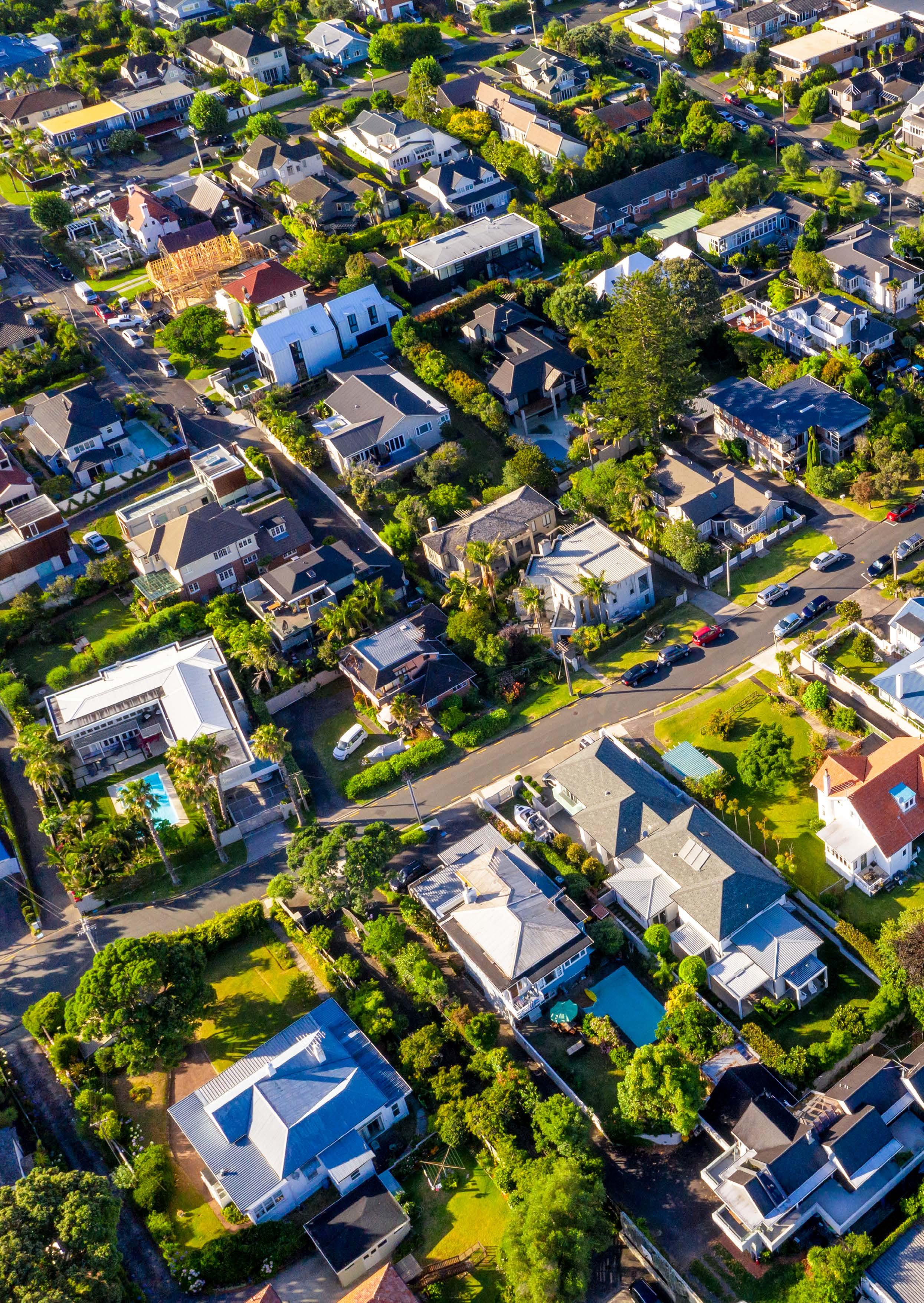
There can be upfront costs and ongoing expenses, including surveying, legal fees, development contributions, and infrastructure upgrades. These financial commitments can vary significantly depending on the size and location of the property, potentially impacting the overall feasibility and profitability of the subdivision project. For more insight on the costs, contact your real estate agent.
The decision to subdivide property in New Zealand requires careful consideration of various factors, including market conditions, regulatory requirements, financial implications, and community considerations. While subdivision can offer lucrative opportunities for property owners, it also entails risks and challenges that must be carefully managed.
